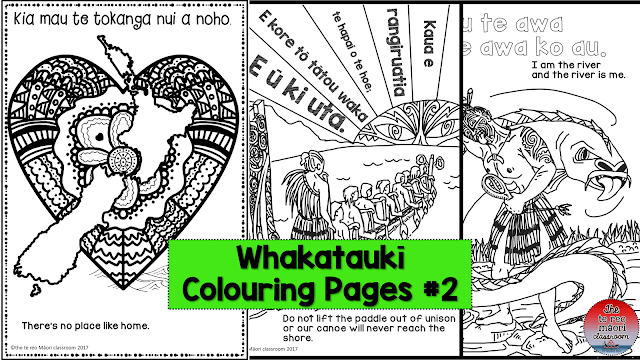Growing up, one of my favourite hobbies was colouring in. I used those crayons that melt if you held them tightly. I liked colouring in pencils but it took a long time to finish any big projects.
I was okay at colouring but there was always “that” classmate who was just perfect at colouring in-nice even colours. No going over the lines.
Painting and colouring by numbers came along but there was no satisfaction in seeing the numbers underneath the colours that the crayons were never dark enough to cover.
So imagine my surprise when my art lecturer at training college told us, the worst thing we could do was to let tamariki use colouring in books. “They just ruin children’s creativity.”
I was horrified and couldn’t think of any reasons why it was bad. Of course, I nodded my head and agreed with the tutor (fear of being wrong or not arty farty).
I didn’t think too much about it after my first year of teaching but I realised early on that it was a very popular activity for many.
Some years later I had a class of Year 8 boys. They were a physical group of boys and when they would come in the classroom after lunch they’d often still have raruraru with one another and it took a while to settle them.
One talented boy was an extraordinary artist and the others would look wide-eyed at his amazing work. We decided to photocopy some of his drawings and the boys would colour them in while I read to them. Not too far down the track and they were all wanting their own masterpieces copied and wanted to colour each other’s work in. This led to illustrating our weekly whakataukī and then making a book of whakataukī for other classes.
It was such a successful activity and it brought another dimension to the whakataukī discussions, and a great activity for straight after lunch.
My memory of this is what started the idea for these whakataukī pages. Whakataukī are an amazingly simple but effective language mode and are recommended to be used in our teaching of te reo.
I have gathered both well-known and lesser known whakataukī.
One of the Tainui whakataukī “Waikato taniwha rau, he piko he taniwha” (Waikato of one hundred taniwha-at every bend a taniwha) has proven a favourite, possibly because of the very cool taniwha.
One of the pictures I know will be liked is the “Ko au te awa ko te awa ko au” I am the river and the river is me. It features a warrior and taniwha- like tuna, both very much part of the river.
If you have been talking about Kotahitanga/mahi ngātahi you will love this whakataukī
“Kaua e rangiruatia te hāpai o te hoe; e kore tō tātou waka e ū ki uta”
Don’t lift the paddles out of unison, or our canoe will never reach the shore.
Here is a preview-of book #2
One of the teachers who used it with her class made a talking pic with chatterpix and then uploaded it to seesaw. (Kia ora Whetu T.)
For an awesome idea from Chatterpix…..turn the whakataukī into this LOOK HERE.
It is very cool and worth taking a look at!
To me this is so appropriate after watching all the amazing taitamariki and their rōpū kapa haka last weekend.
I now have a Facebook page where I will show the resources as I finish them so you can have a closer look and ask questions.
The te reo Māori classroom_Teaching Resources
Please share if you know anyone who is serious about teaching te reo!
Thats all for tonight
Pō mārie e te whānau!





